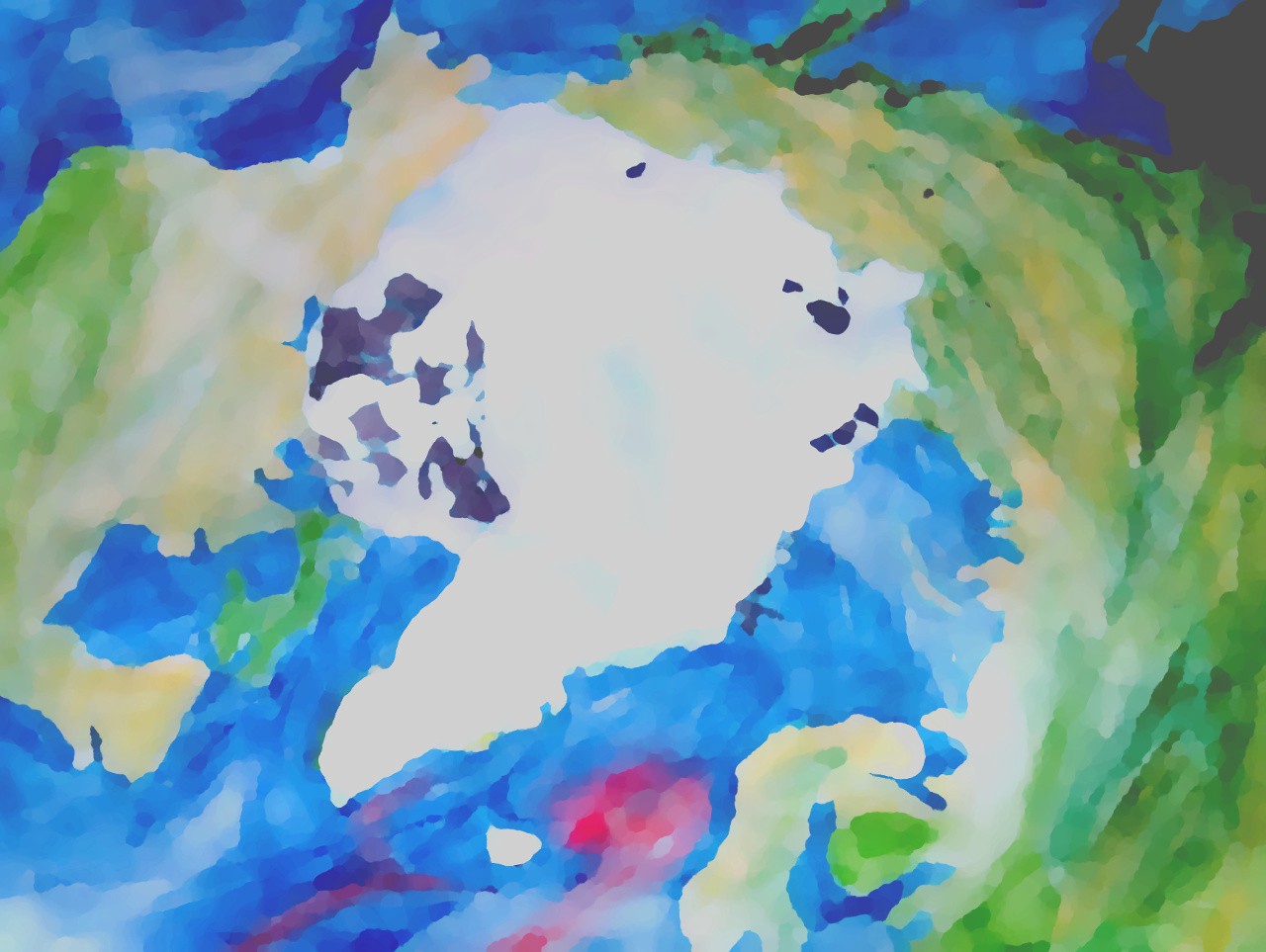Thought climate-change would warm the world forever? Think again.
Today, humans are damaging the environment at an unprecedented rate. By the time you are done reading this article, we will have released 576 million pounds of carbon dioxide by burning fossil fuels, razed 80 football fields worth of rainforest to the ground, and poured 4 truckloads of garbage into the ocean.
We’ve all seen these statistics before. We all know that we’re flooding the atmosphere with greenhouse gases and polluting the planet on an absurd scale. We all know what happens next. The Earth gets hotter and hotter and hotter. Right?
Well, not exactly.
Global warming is a misleading term. It isn’t wrong, exactly — just inaccurate.
The term “global warming” initially came into use in 1975, when scientists had begun to realise that the increased use of fossil fuels was going to have an impact on the climate. Wallace Broecker, geochemist, wrote an article for a science journal titled “Climatic Change: Are We on the Brink of a Pronounced Global Warming?”
“Global warming” seemed like a far more exciting, not to mention pedestrian, term than the then-commonly-used “inadvertent climate modification”. But it wasn’t until 1988, when NASA scientist James Hanses used it while testifying to the American Congress, that the term became popular.
And while it was originally intended to describe only the changes in surface temperature, today we have begun to use “global warming” to describe all climate change.
The truth is that warming is only the first step on a slippery slope down to global ruination.
From the time of its formation, planet Earth has been seized by the relentless cold of an Ice Age five times. The last one began about 2.6 million years ago, and is thought to have ended only 10,000 years ago. The time period we currently occupy is called an “interglacial”, meaning “between glaciers”.
While we may consider warm climates like the ones we are familiar with as the norm, geophysicists actually consider them oddities. Even the term “interglacial” reflects how fleeting such climes are considered.
Until very recently, people thought the amount of fossil fuels humans were burning today would only serve to delay the inevitable return of the ice — a return that was supposed to occur 80,000 years down the road. It made sense, after all: more snow and ice is melting each summer than is forming each winter. It seemed only logical to conclude that the days of cold are over.
But there was a piece of the puzzle we did not have. The glaciers and ice caps formed four times and melted thrice. Why? Why would they form once more?
And if they reformed before, will they reform again?
Yes.
Now, they are melting a fourth time. When the melting ends, the ice caps will return.
Surprisingly, the main reason for the return of the ice-caps is that the Arctic is getting hotter.
The Arctic Ocean is like a store of ice that freezes over every winter, in much the same way as a lake does. That’s because, like a lake, the Arctic is almost completely surrounded by land. The only possible entry point for warmer water is one opening in the south: the Atlantic Ocean.
Arctic and Atlantic waters don’t mix very much. They’re separated by an underwater ridge that runs between Greenland and Norway. This ridge acts as a barrier, preventing most of the water from mixing across. The only place the two waters meet is the shallow area up on the ridge-top.
As sea levels rise, however, there will be more mixing. More warm water will be able to come in. The Arctic will remain frozen for less and less time each winter. And when areas don’t freeze over, the winter winds will be free to pick up moisture from the surface, carrying it up into the sky.
As it is blown over cold Arctic lands, the moisture will finally freeze, falling to the ground as snow and ice. This will contribute to forming and building up glaciers.
More and more water will get locked in ice, meaning there will be less and less in the Arctic and Atlantic oceans. The depth of water over the separating ridge will lessen. Less warm water will enter the Arctic. It will begin to freeze over in winter again.
The north pole will return, once again.
Have something to say? At Snipette, we encourage questions, comments, corrections and clarifications — even if they are something that can be easily Googled! You can also connect on social media, or sign up for our email updates here.
Sources and references for this article can be found here.
